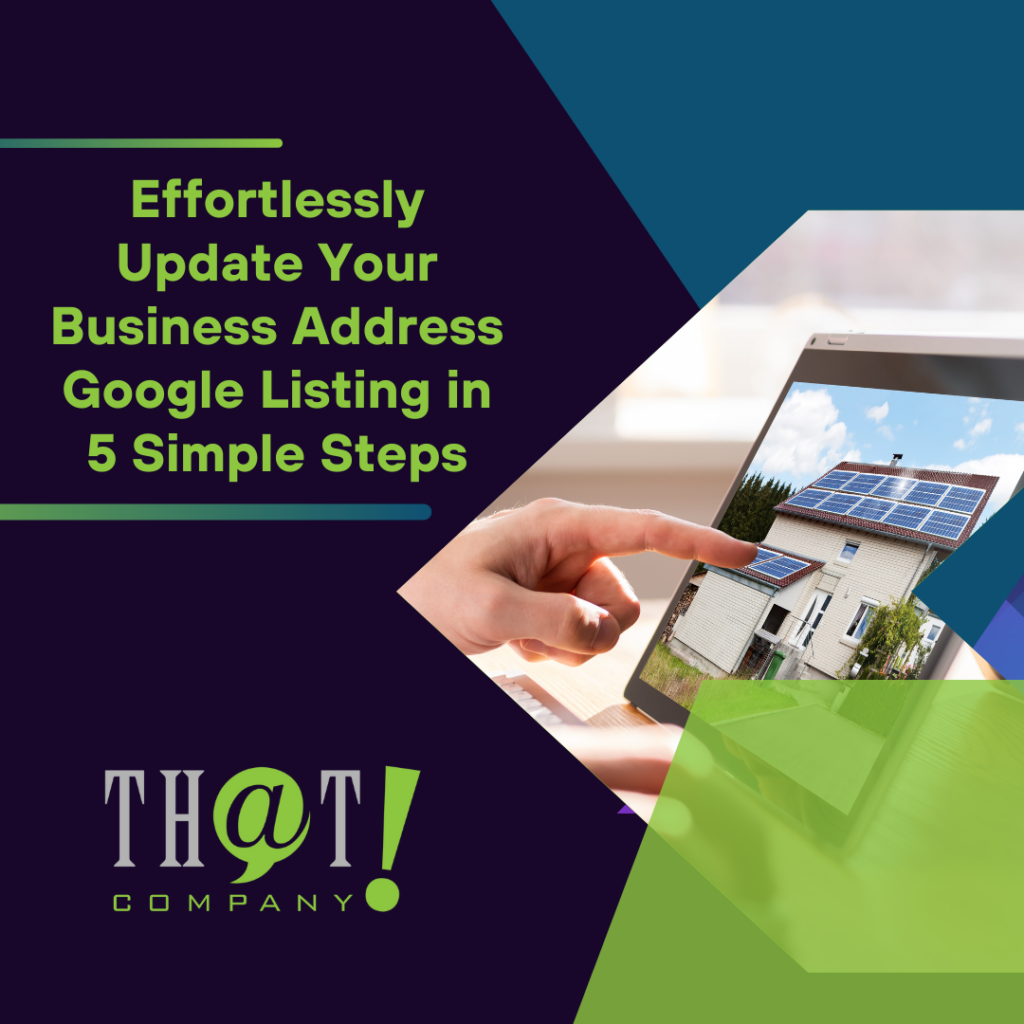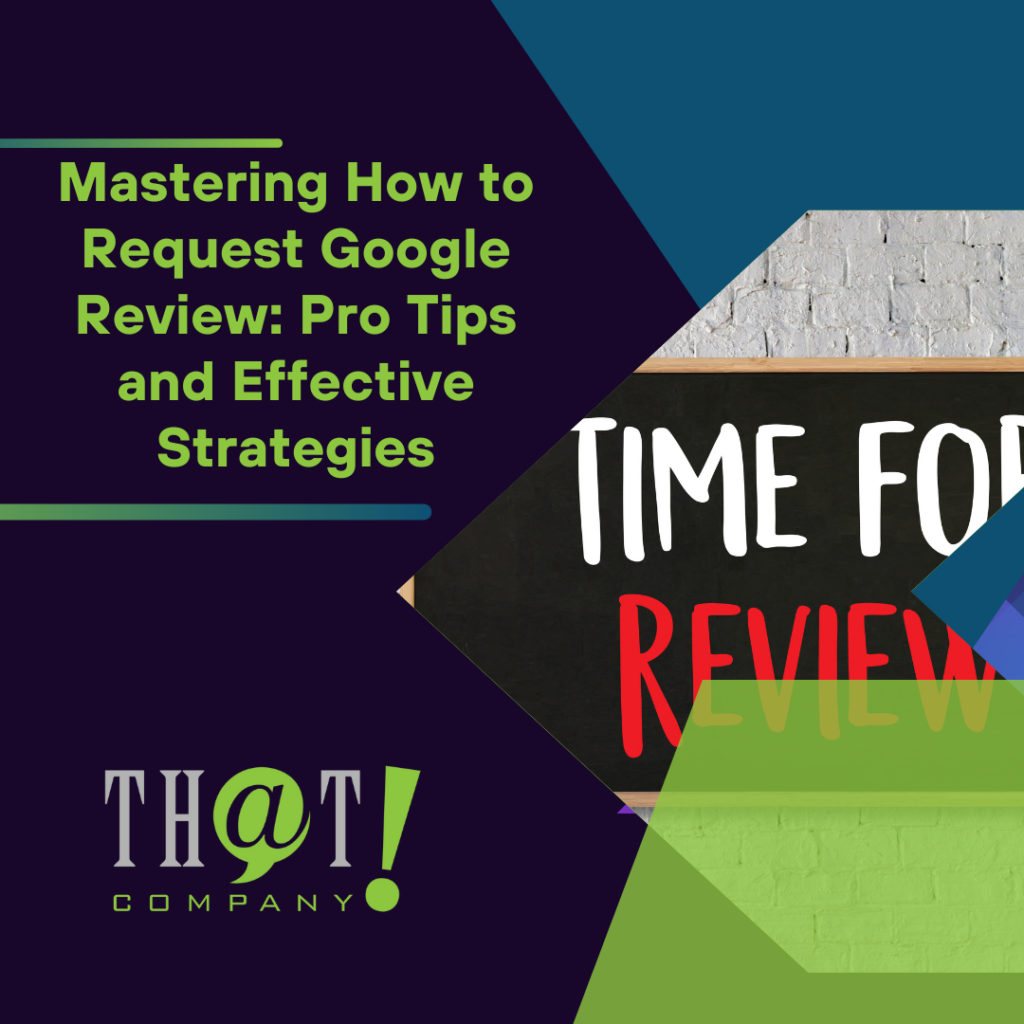
Developing a really special AdWords campaign takes time and diligence. You can pour all the money you want into an account, but at the end of the day did that money bring you the desired clients? Are you making profit? Over 90% of Google’s income is from AdWords. It is a business after all. So you don’t have to ask them to lighten your wallet, not optimizing your campaigns is invitation enough. Hopefully these 8 concepts applied correctly will help take your campaign to the next level!
1. Search Terms Reports
Understanding what users are actually searching for helps us better understand how to properly market to them. Search term reports are a great place to start, this allows you to view the phrases that your searchers are keying in. This will give you an idea for new keywords to target and existing keywords that you should bid adjust, as well as keywords that obviously do not fit in your market. The search terms sub-tab can be found under the keywords tab in the account.
2. Negatives
Keywords are the building blocks of any fruitful campaign. Negative keywords are one of the best ways you can hone in on your desired audience by narrowing down your scope. If you riddle your ad groups with broad match keywords, sure you’ll be shown to a wide audience, but what’s truly important is being shown to the right audience. A negative keyword list ensures you spend your advertising dollars on people actually interested in what your business has to offer.
You can have up to 20 negative keyword lists in an account. A negative keyword sweep performed regularly will help funnel more quality traffic to your landing pages over time.
We are the leader in helping large and small agencies deliver Pay per click management services like Google Ads Management to their clients. Can we help you? Check out more about Our White Label PPC Services to learn more about what we can do to help your agency today.
3. Bid Adjustments
When you discover through keyword research what terms are doing better than others, you can drill down and further up bid the most profitable keywords. This will take time to accumulate the data necessary to make a strategic step in the right direction. Your avg. position should be somewhere between 1.5 and 2.5. Also note the importance of adjusting bids off the data of whether mobile, tablets, or desktop devices are bringing you better results for a given keyword.
4. Match Type
There are keyword wrapper tools on the internet that will allow you to do in minutes something that can take hours depending on how many keywords you are looking to add. When working with broad, exact, or phrase match words make sure you bid adjust for match types as well.
Creating filters is an excellent way to give yourself more control over where your precious ad spend is going. The best way to set bid adjustments is using the “Increase max CPC bids by” option.
Just remember when doing this that you should always start low and work your way up slowly and steadily. Always remember that things take time to develop in AdWords; you will have to set adjustments and sometimes monitor it over the course of weeks in order to gain the appropriate data to make educated decisions. If done properly there should be no guess work in AdWords.
5. Blocking out Mobile Apps
With Google Display Network you can cast a wide net, but you must be careful of where that net is being cast. Try blocking out mobile apps as this can lead to the wrong people, oftentimes children clicking your ads and wasting your tightly budgeted ad spend. You can find the “Exclude Mobile Apps” selection in the targeting options.
6. Adjusting Mobile Bids
Splitting out campaigns by devices can bring you a lot of success in your campaigns by giving you more control over the budget for a given campaign. This also allows you to control your bids for mobile more specifically. Adjusting your mobile bids by percentage is a great way to gain that extra level of control in an account. When you get a large enough base of customers that have been pulled through your funnels, you can then use the Goal Flow Report to see how your campaigns are funneling users. Just be sure you have a large enough sample size to get an idea of how you should adjust. Before you go changing things dramatically, make certain that you let AdWords collect enough data over at least a few weeks. Be conservative when you need to, and when taking chances, make sure the numbers back up your moves.
7. Use Radius Location
Radius targeting can be an excellent way to control how many miles around a given business you are looking for potential customers. The best way to work with radius targeting is to do some A/B testing on what is too much of a distance and what isn’t far enough. It allows you to target a mile around your business or over 100 miles, so it really depends on how far you are looking for clientele. Like all things in AdWords, allow your moves time to gather the necessary data before you decide if it’s time to change it.
Radius targeting is in the settings tab, then select the locations sub-tab. Radius targeting can also help exclude regions of land as opposed to targeting it. Under the all settings sub-tab you can find more specific options for people in your targeted area. Note there are three options, and some can include people from the others. Only one option may be toggled at a time, so read them twice if need be. The first option ensures people in your “excluded location” won’t be shown in your advertisements. In the second alternative “People in my focused-on area”, your advertisements can likewise show up for individuals who might be in the first choice—if they are in your focused area.
8. Utilizing Funnels
One key to acing AdWords is knowing how to use it in tandem with Google Analytics. Using auto-tagging, you can easily connect your AdWords campaigns to analytics to track data. Anybody who is used to working with Analytics understands how important it is to create “goals”. Look at setting up goals as creating benchmarks to enable you to track progress towards an achievement. This is extraordinarily useful when attempting to build an AdWords campaign that produces quality conversions.

A goal could be as simple as getting your traffic signed up for a newsletter, clicking a phone number to place a call, and of course, getting a potential client to purchase a product. Whatever your end goal is you will have to create a funnel your traffic that will go through and give each step a value. With Analytics you are capable of tracking much more than just how many views a page has or how many conversions you have gotten in a specific amount of time. You can dive deep into people’s tendencies on a webpage and see how they interact with your content. You may want to know: how long does someone stay on my page? This is known as bounce rate, or you may even be trying to see which page of your site is most popular. Any number of these actions are possible to be tracked using Google Analytics and much more. Using Analytics with AdWords is the best practice to get a full view of what your site means to its users, and how they engage and interact with the page. What are the focal points for potential customers coming to the site via funnels?
Hopefully, the utilization of these 8 AdWords focal points will help you build out your campaign and bring it to a higher level of efficiency! Always remember to let the data do the work for you. Each week you spend in AdWords, you should let the data tell you what needs to be done. Whether it is reviewing search terms, adding negatives, or bid adjusting mobile bids the numbers never lie. Good luck AdWordians and Happy funneling!


























